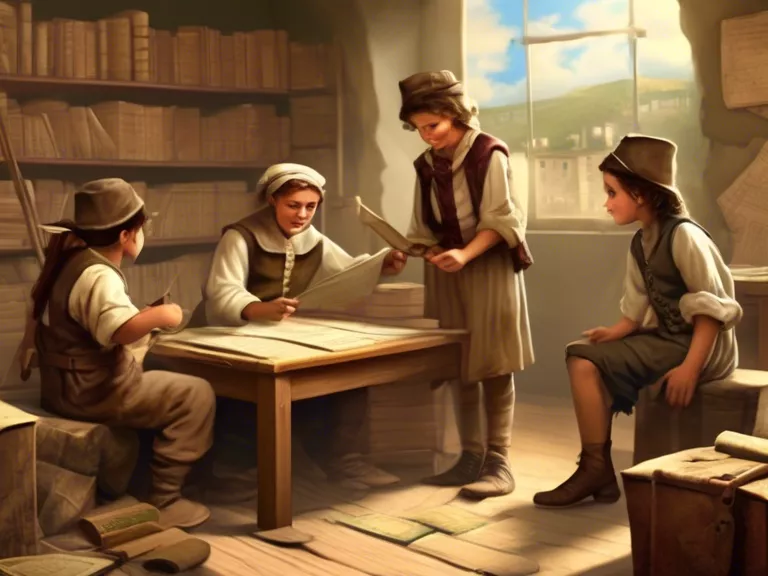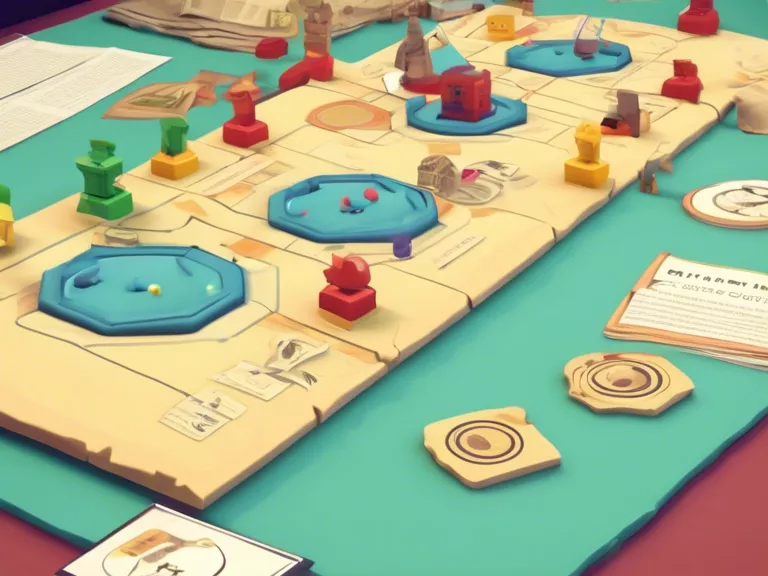
Introduction
Educational games have been a popular tool for teaching history to students of all ages. These games offer an interactive and engaging way to learn about historical events, figures, and concepts. Over the years, history-themed educational games have evolved significantly, incorporating advanced technology, interactive storytelling, and immersive experiences to make learning history more enjoyable and effective.
Early History Games
In the early days of educational gaming, history-themed games were often simple in design and limited in scope. These games typically focused on memorization of historical facts and dates, with little emphasis on critical thinking or problem-solving skills. Some popular early history games include "Oregon Trail" and "Where in the World is Carmen Sandiego?" which laid the foundation for later developments in the genre.
Advancements in Technology
With the rapid advancement of technology, history games have become more sophisticated and immersive. Game developers now have access to powerful graphics, virtual reality, and artificial intelligence, allowing them to create historically accurate and visually stunning worlds for players to explore. These advancements have made history games more engaging and interactive, enhancing the learning experience for students.
Interactive Storytelling
One of the key developments in history games is the use of interactive storytelling techniques. Games now feature branching narratives, player choices, and consequences that impact the outcome of the game. This approach not only makes history more engaging but also encourages critical thinking and historical analysis as players navigate through different scenarios and make decisions based on historical context.
Gamification of Learning
The concept of gamification has also played a significant role in the evolution of history games. By incorporating game elements such as points, rewards, and leaderboards, educators can motivate students to engage with historical content and track their progress. Gamification helps make learning history fun and competitive, fostering a sense of achievement and mastery among players.
Immersive Experiences
Modern history games offer immersive experiences that transport players to different time periods and locations. Whether exploring ancient civilizations, participating in historical battles, or interacting with notable historical figures, players can fully immerse themselves in the past through realistic visuals, sound effects, and gameplay mechanics. These immersive experiences help bring history to life and make learning more memorable and impactful.
Conclusion
The evolution of history in educational games has come a long way, from simple memorization exercises to immersive and interactive experiences that engage players on multiple levels. By leveraging advancements in technology, interactive storytelling techniques, gamification, and immersive experiences, history games continue to be a valuable tool for teaching and learning history in a fun and engaging way. As the gaming industry continues to evolve, we can expect even more innovative and exciting developments in history-themed educational games.



